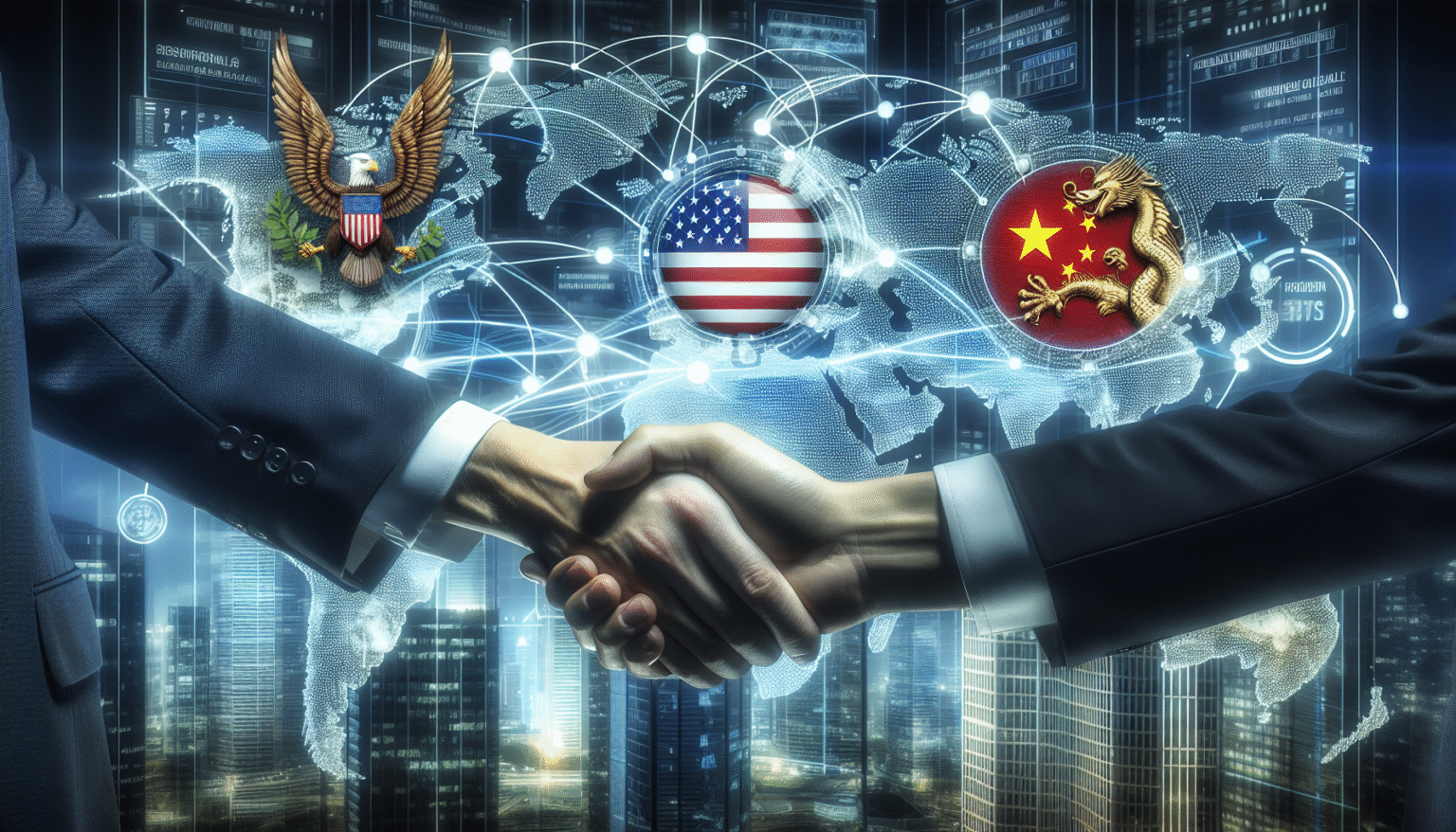Analyzing US-China Relations in the Context of Modern Geopolitics
Historical Background of US-China Relations
The relationship between the United States and China has evolved significantly since diplomatic relations were formally established in 1979. The end of the Cold War marked a shift in global dynamics, positioning China as a rising economic power. Initially, US engagement with China was rooted in the notion of promoting reform and integrating China into the global economy. The World Trade Organization accession in 2001 epitomized this relationship, expected to benefit both economies while democratizing China. However, the reality has grown increasingly complex.
Economic Interdependence
The economic ties between the US and China are profound, characterized by extensive trade relationships and mutual investments. In 2022, the bilateral trade volume exceeded $600 billion, accounting for a significant percentage of both nations’ respective GDPs. China is the largest foreign holder of US debt, while the US remains a critical market for Chinese exports. This interdependence creates a double-edged sword; economic cooperation simultaneously fosters competition, particularly in technology and manufacturing sectors.
The Shift to Technological Rivalry
In recent years, technology has emerged as a key battleground in US-China relations. The US has expressed national security concerns over Chinese firms like Huawei and ZTE, accusing them of potential espionage and collaborating with the Chinese government. In response, the US has tightened export controls and placed tariffs on Chinese goods, igniting a trade war that has had ripple effects throughout global supply chains. This rivalry extends into emerging technologies, including artificial intelligence and quantum computing, leading to increased investments in R&D in both nations.
Military Posturing in the Asia-Pacific
The strategic military dimensions of US-China relations cannot be overlooked. The South China Sea has become a focal point of tensions, with China asserting territorial claims that challenge international norms. The US has invoked freedom of navigation operations to challenge these claims while strengthening alliances with regional partners, such as Japan, South Korea, and Australia, all aligned under the AUKUS pact. The military balance in the Asia-Pacific is shifting, leading to an arms race that complicates reconciliation.
Global Governance and Institutions
Both nations have differing perspectives on global governance and multilateral institutions. The US maintains a dominant role in organizations like the United Nations and the World Bank, advocating for liberal democratic values. Conversely, China champions a multipolar world, advocating for the establishment of new institutions like the Asian Infrastructure Investment Bank (AIIB). The ideological divide between the two countries has implications for addressing global challenges, including climate change, trade regulations, and human rights.
Soft Power and Public Perception
Soft power plays a substantial role in US-China relations, as both countries engage in efforts to enhance their global image. The US promotes democratic values, emphasizing human rights and freedoms, while China invests in initiatives such as the Belt and Road Initiative (BRI), aiming to foster economic ties and expand its influence in developing regions. This competition for hearts and minds is evident in public perception; surveys indicate mixed feelings towards both nations around the world, further complicating diplomatic endeavors.
Taiwan: The Flashpoint
The Taiwan issue remains one of the most sensitive topics in US-China relations. The US adheres to a One-China policy but continues to provide military support to Taiwan, leading to a delicate balancing act. China views Taiwan as a breakaway province, while many Taiwanese affirm their desire for autonomy. Increasing military drills by China around Taiwan raise fears of potential conflict, emphasizing the precariousness of peace in the region.
Human Rights and Ethical Concerns
Human rights issues complicate the diplomatic relationship, particularly regarding China’s treatment of Uyghurs in Xinjiang and the situation in Hong Kong. The US has enacted sanctions and official condemnations of Chinese policies, framing these issues as vital to its foreign policy. China, on the other hand, accuses the US of hypocrisy, insisting that it is a matter of sovereignty and internal affairs. This moral stand-off further alienates potential diplomatic resolutions.
Economic Decoupling: Trends and Implications
The notion of economic decoupling, wherein countries reduce their economic interdependence, has gained traction. The COVID-19 pandemic exposed vulnerabilities in supply chains that have led to calls for reshoring and diversification away from reliance on China. This trend raises concerns about the economic impact on both countries, as well as on third-party nations that may increasingly find themselves caught in the crossfire.
Geopolitical Alliances and Regional Dynamics
In addition to military alliances, the geopolitical landscape is characterized by the emergence of new regional partnerships. Initiatives such as the Quadrilateral Security Dialogue (Quad) involving the US, India, Japan, and Australia reflect an intention to counterbalance China’s influence. The Regional Comprehensive Economic Partnership (RCEP), led by China, poses a parallel response to US initiatives, embedding it into regional trade frameworks.
Future Prospects and Scenarios
The trajectory of US-China relations is uncertain, shaped by various factors, including domestic politics, public opinion, and global crises. Scenarios range from escalating tensions leading to conflict to potential cooperation on common issues like climate change and public health. The interplay of economics, military strategy, and diplomacy will determine the future of this crucial bilateral relationship.
Conclusion of Dynamics
The complexities of US-China relations underscore the intricate interplay of historical grievances, economic dependencies, and geopolitical ambitions. As both powers navigate their roles in a rapidly changing global landscape, understanding the dynamics influencing their interactions becomes paramount for predicting future relations. The challenge lies in balancing competition with cooperation, fostering stability in a world more interconnected than ever before.






